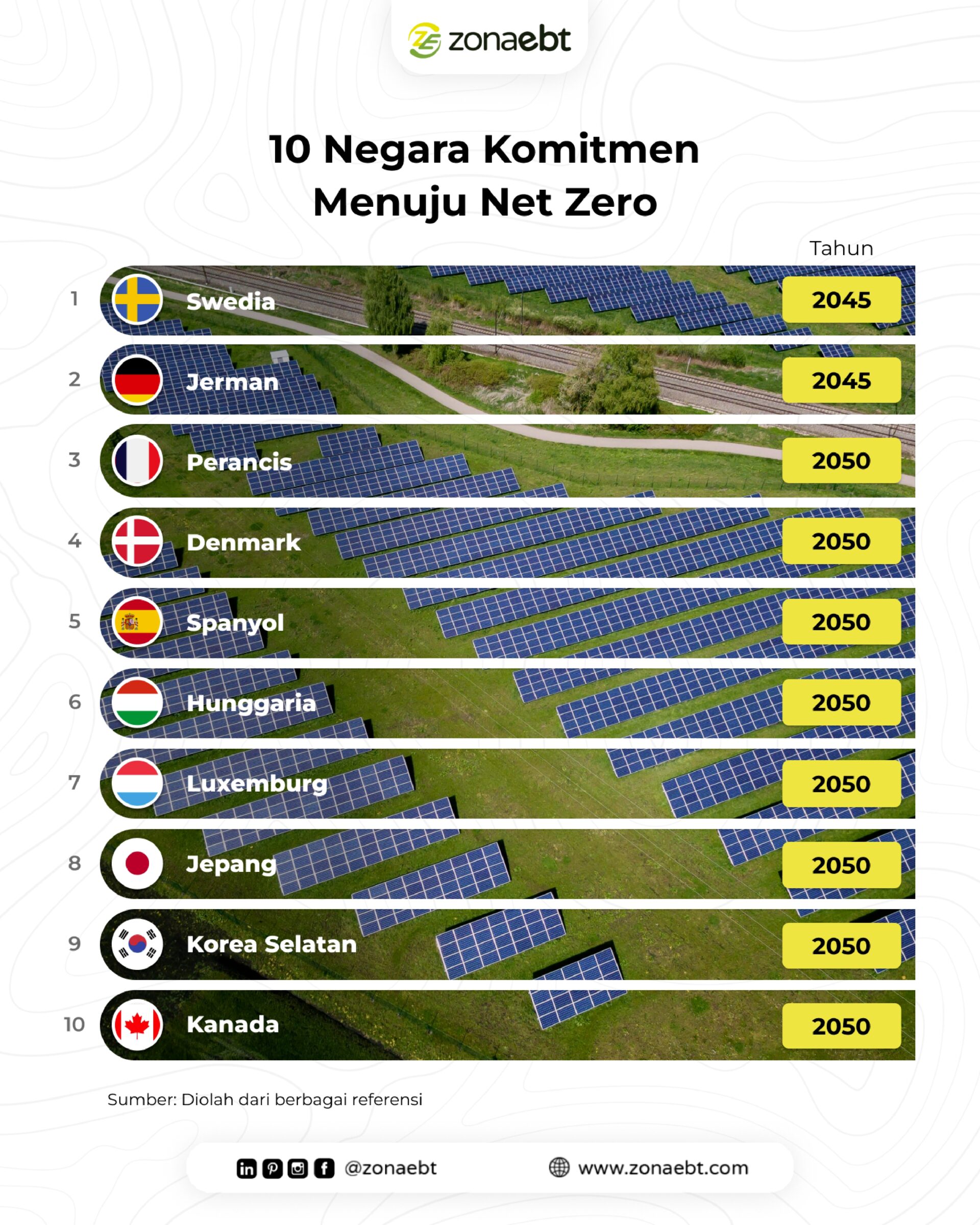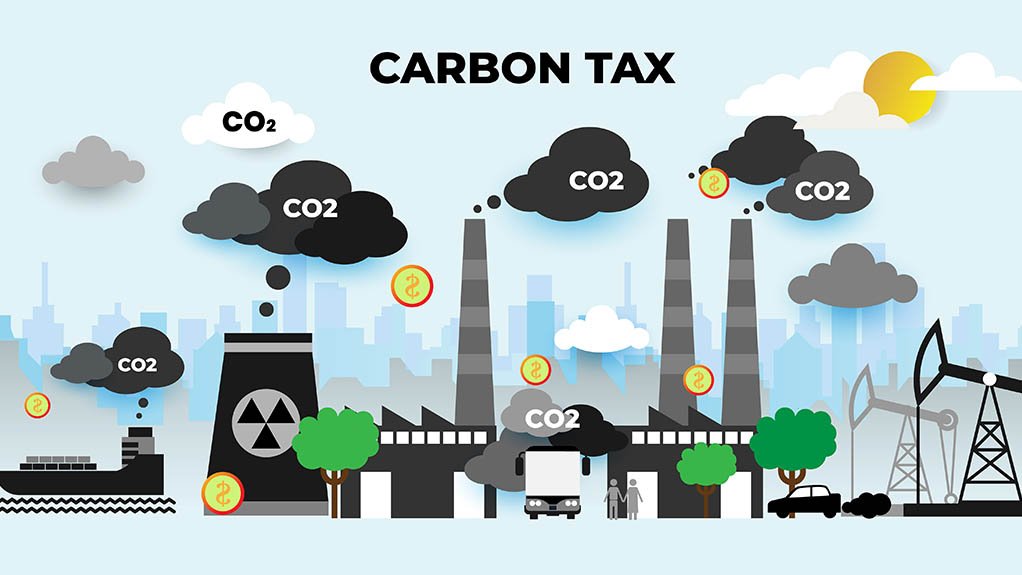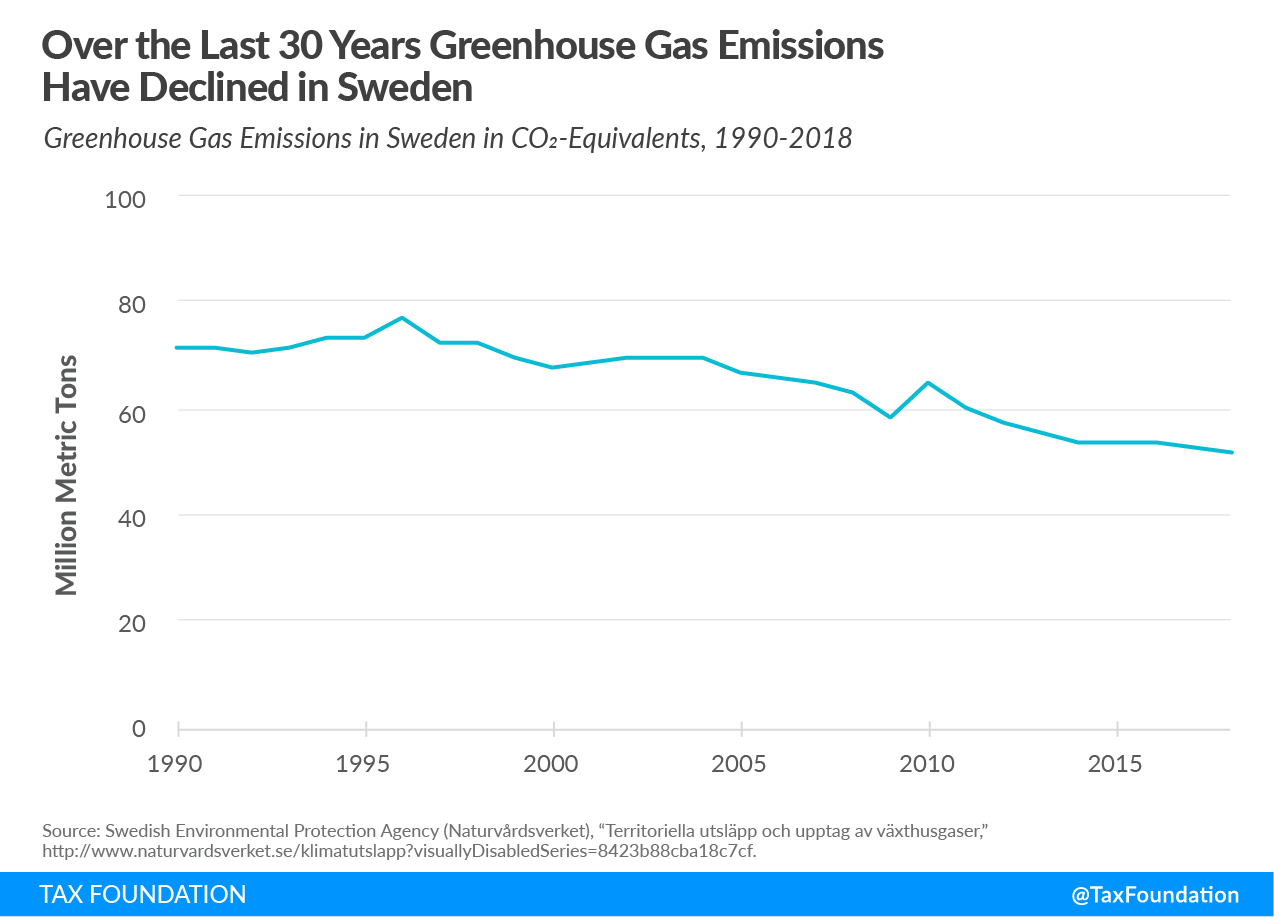
- Sweden targets net-zero emissions by 2045
- Sweden imposes the highest carbon tax of around US$125 per ton of CO₂ equivalent in 2023
- Sweden’s carbon tax has successfully reduced carbon emissions and had no negative impact on the country’s economy
In 2017, Sweden passed the Climate Act, which demonstrates Sweden’s commitment to achieving net zero emissions by 2045. It contains Sweden’s climate policy framework. It is the most important climate reform in Sweden’s history and the implementation of the Paris Agreement.
Did you know that as part of the European Union (EU), Sweden has big ambitions to become an environmentally friendly country. The ambitious form is to target net zero greenhouse gas emissions by 2045 as shown in the picture above through the Climate Act.
Baca Juga
- EU ETS: The Biggest Carbon Market in The World
- The United States: a Giant of Carbon Capture and Storage
Sweden Climate Act

Sweden’s Climate Act stipulates that all climate policy must be based on climate targets; the Government is required to present a climate report every year in its Budget Bill; every fourth year, the Government is required to draw up a climate policy action plan to describe how the climate goals are to be achieved; Climate policy goals and budget policy goals must work together.
The climate goals to be achieved are by 2045, Sweden is to have zero net emissions of greenhouse gasses into the atmosphere. This means that greenhouse gas emissions from activities in Sweden should be at least 85% lower than in 1990.
The remaining 15 % can be achieved through supplementary measures such as increased carbon sequestration in forest and land, carbon capture and storage technologies (CCS) and emission reduction efforts outside of Sweden. After 2045 Sweden should achieve negative emissions, meaning that the amount of greenhouse gas emitted is less than what can be reduced through the natural eco-cycle or through supplementary measures.

Then by 2030, emissions from domestic transport will be reduced by at least 70% compared with 2010. And by 2030, emissions in Sweden in the sectors covered by the EU Effort Sharing Regulation should be at least 63% lower than in 1990, out of which 8% may be achieved through supplementary measures.
In addition by 2040, emissions in Sweden in the sectors that will be covered by the EU Effort Sharing Regulation should be at least 75% lower than in 1990, out of which 2% may be achieved through supplementary measures. In realizing net zero emissions, Sweden implemented a carbon tax that successfully reduced the carbon produced.
Sweden Carbon Tax

The best system for reducing carbon emissions is carbon pricing. In general, carbon pricing is putting a price on every carbon emission produced. One form of carbon pricing is a carbon tax.
Carbon tax is the most efficient carbon pricing mechanism because the government simply sets a tariff for each carbon emitted. This scheme is recommended by many economists, especially for countries that have big targets in reducing carbon emissions.
A carbon tax will generally be imposed on any economic activity that generates carbon emissions, both production and consumption activities. On the production side, the carbon tax will be imposed on manufacturers who produce carbon emissions in the manufacturing process, while on the consumption side, the carbon tax will be imposed on the use of goods/services that produce carbon emissions. The imposition of this carbon tax is aimed at reducing carbon emissions that can cause global climate change.
Sweden has the highest carbon tax rate in the world. In 1991, Sweden began implementing a carbon tax at a rate of $26 per ton of CO₂ equivalent. And it continues to increase over time. According to the Tax Foundation, Sweden has a carbon tax rate of $125.56 per ton of CO₂ equivalent. Furthermore, this will be the third largest tax rate in the EU by 2023.

Sweden’s carbon tax regulations have changed repeatedly over the past 30 years. At its inception in 1991, Sweden set a rate of $26 per ton of CO₂ equivalent. It then increased dramatically from 2000 to 2004. In 2000, the Swedish government raised the carbon tax rate from $26 to $32 per ton of CO₂ equivalent and in 2004 it was raised again to $95 per ton of CO₂ equivalent. The rate continued to slowly increase until in 2023 it reached $125.56 per ton of CO₂ equivalent.
The Swedish government only imposes a carbon tax on fossil fuels for transportation and heating purposes. Some examples of sectors that are exempted from carbon taxation are the industrial sector, mining sector, agricultural sector, and forestry sector. This exemption aims to maintain the condition of the Swedish economy. However, the Swedish government still requires these sectors to pay for their emissions through a carbon trading scheme known as the European Union Emission Trading Scheme (EU ETS).
Implementation of Carbon Tax in Sweden

Sweden’s high carbon tax rate has resulted in very high carbon tax revenues. In 2019, Sweden collected $2.3 billion in carbon tax revenues. The carbon tax is actually one of several levies on carbon emissions implemented by the Swedish government.
Other levies on fossil fuels in Sweden are energy tax, aviation tax, carbon trading (EU ETS), and vehicle tax. The number of levies shows that Sweden is really serious in dealing with environmental issues, especially issues related to global warming caused by carbon emissions.
Sweden is a country that has successfully implemented a carbon tax. Since its implementation in 1991 until 2018, Sweden has managed to reduce carbon emissions by 27%, with the largest reduction occurring in early 2000. This significant reduction is believed to have occurred due to a significant increase in Sweden’s carbon tax rate in 2000.

The carbon tax designed by Sweden succeeded in reducing carbon emissions and did not have a negative impact on the country’s economy. This is due to other policies implemented by Sweden to offset the negative impact of the carbon tax.
The policy of lowering income tax rates and eliminating several other types of taxes is done so that people do not bear too much tax burden so that the economy can still run. With the reduction of income tax rates and the elimination of several types of taxes, Sweden has experienced a decrease in tax revenue sources as a result of which all revenues from carbon taxes will be used to cover tax revenues, so that the Swedish Government still has sufficient funds to carry out government functions.
Baca Juga
- Potensi Global? Ini Total Penyimpanan Karbon Milik Indonesia
- Peran Pengukuran Karbon dalam Keberlanjutan Lingkungan
So that’s how Sweden achieved net zero emission in 2045. Hopefully Indonesia can catch up with Sweden’s achievements ya Sobat EBT Heroes.
#zonaebt #EBTHeroes #Sebarterbarukan
Editor: Alvin Pratama
References



Comment closed